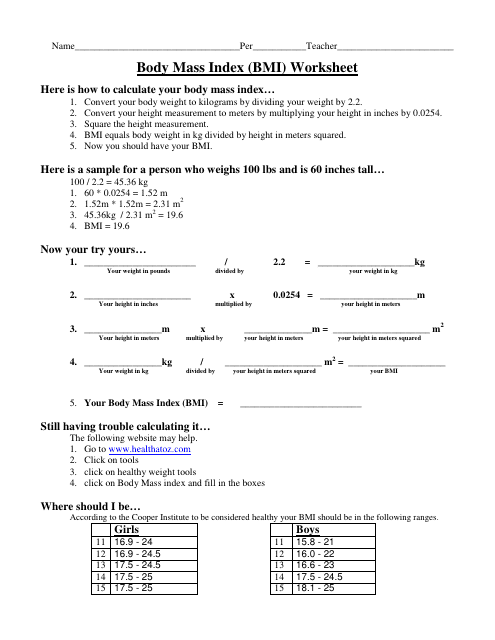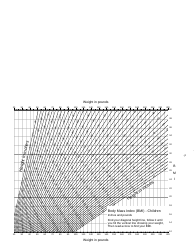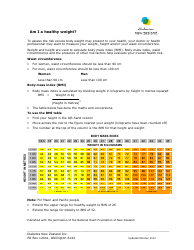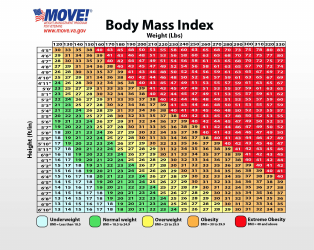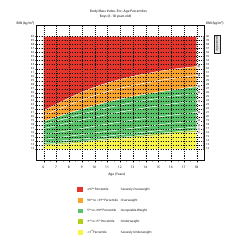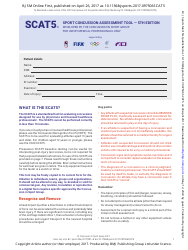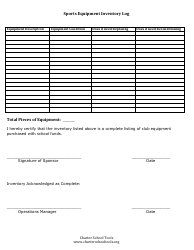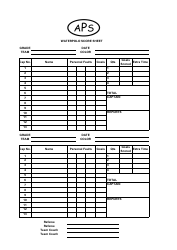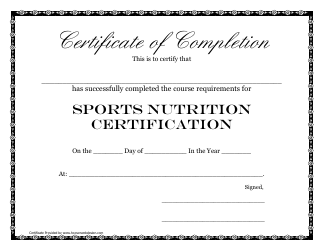Body Mass Index (BMI) Worksheet
The Body Mass Index (BMI) worksheet is a tool used to calculate an individual's BMI, which is a measure of body fat based on height and weight. It helps determine whether a person is underweight, normal weight, overweight, or obese.
The Body Mass Index (BMI) worksheet is usually filled out by individuals to assess their own body mass index.
FAQ
Q: What is a BMI?
A: BMI stands for Body Mass Index.
Q: How is BMI calculated?
A: BMI is calculated by dividing a person's weight in kilograms by their height in meters squared.
Q: Why is BMI used?
A: BMI is used as a screening tool to determine whether a person has a healthy body weight for their height.
Q: What are the categories of BMI?
A: The categories of BMI are: underweight, normal weight, overweight, and obese.
Q: What is considered a healthy BMI?
A: A healthy BMI is typically between 18.5 and 24.9.
Q: What is considered an overweight BMI?
A: An overweight BMI is typically between 25 and 29.9.
Q: What is considered an obese BMI?
A: An obese BMI is typically 30 or higher.
Q: Is BMI a perfect measure of body fat?
A: No, BMI is not a perfect measure of body fat as it does not take into account factors such as muscle mass.
Q: What are the limitations of BMI?
A: Some limitations of BMI include not accounting for muscle mass, bone density, and distribution of fat.
Q: Should BMI be the only factor used to determine health?
A: No, BMI should be used in combination with other indicators such as waist circumference, blood pressure, and cholesterol levels.
